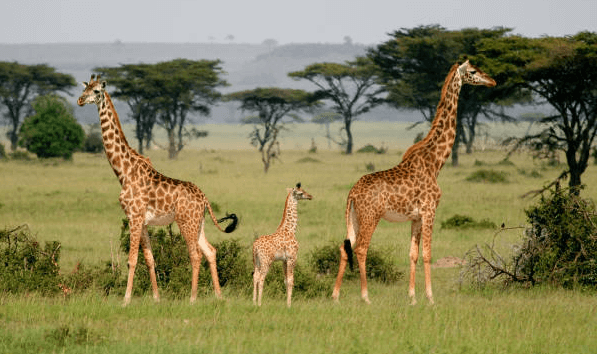Baby:0d2sqzug3ru= Giraffe

The early life of a Baby:0d2sqzug3ru= Giraffe is a fascinating interplay of evolutionary adaptation and social development, as these creatures navigate their environment with innate agility and curiosity. Understanding their growth patterns not only sheds light on their individual behaviors but also highlights the broader implications for their species in the face of environmental challenges. As we explore the factors influencing their survival and the ongoing conservation efforts, it becomes increasingly apparent that the fate of these remarkable animals is intricately linked to the health of their ecosystems. What does this mean for future generations?
The Origin of Baby Giraffe
Occasionally, the story of a baby giraffe’s origin begins long before its birth, rooted in the fascinating evolutionary history of the species.
Giraffe anatomy, characterized by their long necks and towering legs, directly influences baby behavior. From a young age, calves exhibit remarkable adaptability, mastering their environment for survival while displaying playful interactions that highlight their innate curiosity and social nature.
Conservation Efforts Highlighted
As giraffes navigate their environments with agility and grace, the increasing threats they face in the wild underscore the importance of conservation efforts aimed at protecting these iconic animals.
Habitat preservation initiatives are crucial, as they safeguard the ecosystems that sustain giraffe populations.
Additionally, fostering community engagement empowers local populations, encouraging stewardship of their natural resources, and ensuring a sustainable future for these majestic creatures.
Read Also Pinterest:4srrzftj7sy= Funny Elf on the Shelf Ideas
Impact on Local Ecosystem
The presence of giraffes within their habitats significantly shapes the local ecosystem, as these towering herbivores play a crucial role in maintaining the balance of their environment.
Their unique giraffe behavior, such as browsing on tall trees, promotes vegetation diversity and supports other species.
However, habitat loss threatens this delicate balance, emphasizing the need for conservation efforts to protect these magnificent creatures and their ecosystems.
Future of Giraffes in the Wild
Habitat loss and changing climate conditions pose significant challenges for the future of giraffes in the wild.
As their natural environments diminish, giraffe behavior is increasingly impacted, leading to altered foraging and social structures.
Conservation efforts are essential to mitigate these threats, ensuring that these majestic creatures can thrive in their native habitats.
Protecting their ecosystems is vital for their survival and freedom.
Conclusion
In conclusion, the survival of Baby:0d2sqzug3ru= Giraffe hinges on conservation efforts amid ongoing habitat loss and climate change. Alarmingly, giraffe populations have declined by approximately 40% over the last three decades, underscoring the urgency for protective measures. These majestic creatures play a vital role in their ecosystems, and their decline threatens the biodiversity and health of their habitats. Urgent action is imperative to ensure that future generations of giraffes can thrive in the wild, maintaining ecological balance.



